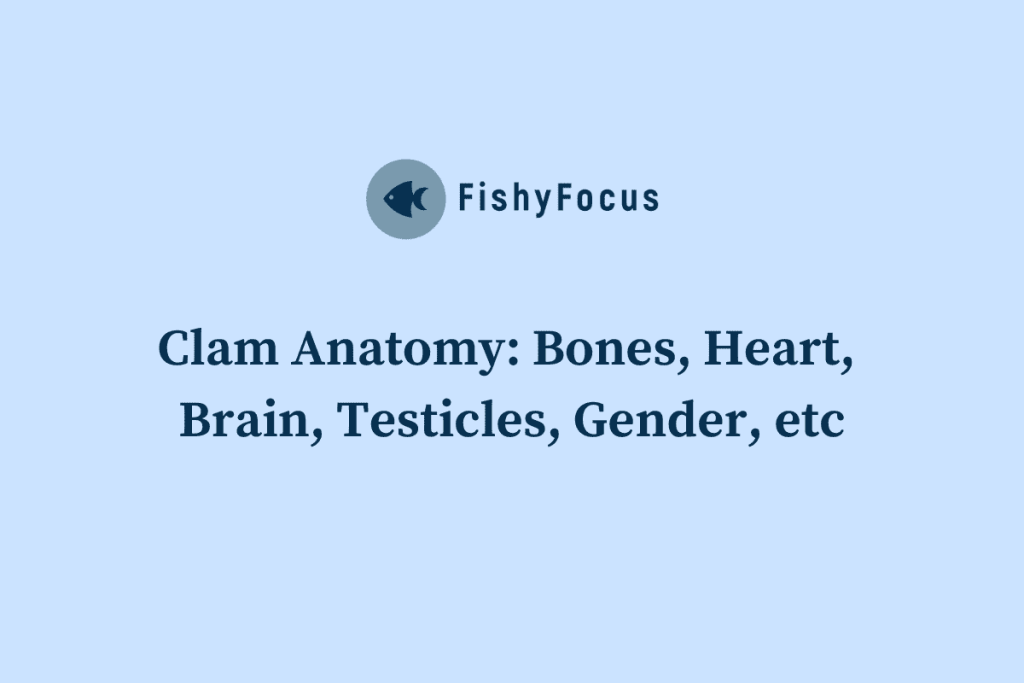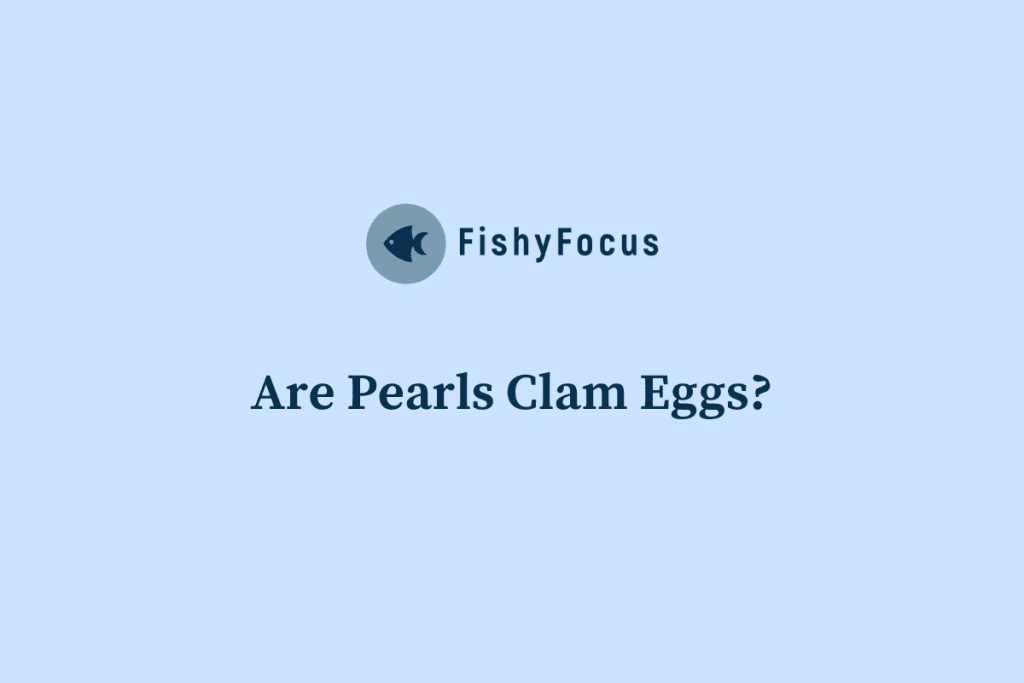Clams are bivalve mollusks that are found in both freshwater and marine environments. They are an important part of the ecosystem, playing a crucial role in maintaining water quality and supporting other marine life. Clams are filter feeders, meaning they extract food particles from the water by filtering it through their gills. They are also an important food source for many animals, including humans.
Clams can be found in a variety of habitats, including sandy or muddy bottoms of rivers, lakes, and oceans. They are often found in shallow waters, but can also be found at greater depths. Clams are able to burrow into the sediment using their muscular foot, which allows them to anchor themselves and protect themselves from predators. They are also able to close their shells tightly to prevent water loss and protect themselves from drying out.
Key Takeaways
- Clams are bivalve mollusks that live in marine and freshwater habitats.
- Clams have a unique physiology that allows them to filter feed and survive in low-oxygen environments.
- Clams cannot survive outside of water for extended periods of time due to their need for moisture and oxygen.
- Factors such as temperature, humidity, and exposure to sunlight can affect clam survival on land.
- Clams can survive out of water for a few days to a few weeks, depending on environmental conditions.
Understanding the Physiology of Clams
Clams have a unique anatomy and physiology that allows them to survive in their habitat. They have a two-part shell that is hinged together, which they can open and close using their powerful adductor muscles. Inside the shell, clams have a soft body that is protected by the shell. They have a muscular foot that they use for burrowing and anchoring themselves in the sediment.
Clams breathe by extracting oxygen from the water through their gills. They have two siphons, one for taking in water and one for expelling it. As water passes over their gills, oxygen is extracted and carbon dioxide is released. Clams also filter feed by extracting food particles from the water using their gills. They pump water through their gills and trap food particles on mucus-covered cilia, which they then transfer to their mouth.
Can Clams Survive Outside of Water?
Clams are adapted to live in water and rely on it for their survival. They are not able to survive for extended periods of time outside of water. When clams are out of water, they are unable to breathe and filter feed, which are essential functions for their survival. Without water, their gills dry out and they are unable to extract oxygen from the air.
When clams are out of water, they also face challenges such as temperature and humidity fluctuations. Clams are ectothermic, meaning their body temperature is regulated by the environment. When exposed to high temperatures, clams can become overheated and dehydrated. Similarly, when exposed to low temperatures, clams can become cold-stressed and their metabolic processes slow down. Clams also require a certain level of humidity to prevent dehydration.
Factors that Affect Clam Survival on Land
Several environmental factors can impact clam survival on land. Temperature is one of the most important factors, as clams are ectothermic and rely on the environment to regulate their body temperature. Extreme temperatures can be detrimental to clams, causing them to become overheated or cold-stressed.
Humidity is another important factor that affects clam survival on land. Clams require a certain level of humidity to prevent dehydration. When exposed to low humidity levels, clams can lose water through evaporation and become dehydrated. This can lead to physiological stress and ultimately death.
Exposure to air is also a factor that affects clam survival on land. Clams are adapted to live in water and rely on it for their survival. When out of water, their gills dry out and they are unable to extract oxygen from the air. This can lead to suffocation and death.
How Long Can Clams Survive Out of Water?
Clams are not able to survive for extended periods of time outside of water. The exact amount of time that clams can survive out of water depends on several factors, including the species of clam, environmental conditions, and the health of the individual clam.
In general, clams can survive for a few hours to a few days out of water. Some species of clams are more tolerant of being out of water than others. For example, freshwater clams are generally more tolerant of being out of water than marine clams. Environmental conditions such as temperature and humidity also play a role in how long clams can survive out of water. Clams that are exposed to high temperatures and low humidity levels are more likely to become dehydrated and die.
Adaptations of Clams for Survival on Land
While clams are not adapted to live on land, they have developed some adaptations that allow them to survive in different environments. One adaptation is their ability to close their shells tightly, which helps prevent water loss and protect them from drying out. Clams also have a muscular foot that they can use to burrow into the sediment, which allows them to anchor themselves and protect themselves from predators.
Some species of clams have developed the ability to tolerate low oxygen levels, which allows them to survive in environments with poor water quality. These clams have specialized gills that are able to extract oxygen from the water even when oxygen levels are low.
Clams as a Food Source and their Preparation
Clams are an important food source for many animals, including humans. There are several different types of clams that are used for food, including hard-shell clams, soft-shell clams, and razor clams. Each type of clam has its own unique flavor and texture.
Clams can be prepared and cooked in a variety of ways. They can be steamed, boiled, grilled, or fried. They can also be used in soups, stews, pasta dishes, and chowders. Clams are often served with butter, garlic, lemon juice, or other seasonings to enhance their flavor.
The Role of Clams in the Ecosystem
Clams play an important role in the ecosystem, particularly in maintaining water quality and supporting other marine life. As filter feeders, clams extract food particles from the water, which helps to remove excess nutrients and organic matter. This helps to prevent eutrophication, which is the excessive growth of algae and other aquatic plants that can lead to oxygen depletion and the death of other marine organisms.
Clams also provide habitat and food for other marine organisms. Their shells provide shelter for small fish, crabs, and other invertebrates. They are also an important food source for many animals, including birds, fish, and mammals. Clams are often considered a keystone species, meaning they have a disproportionately large impact on their ecosystem compared to their abundance.
Conservation Efforts for Clams and their Habitat
There are several conservation efforts being made to protect clams and their habitat. One of the main focuses of these efforts is to reduce pollution and improve water quality. This includes reducing nutrient runoff from agriculture and wastewater treatment plants, as well as implementing measures to reduce sedimentation and erosion.
Another conservation effort is the establishment of protected areas where clams can thrive without disturbance from human activities. These protected areas can help to ensure the long-term survival of clams and other marine organisms.
The Importance of Understanding Clam Biology and Ecology
Understanding clam biology and ecology is crucial for conservation efforts and the sustainable use of marine resources. By understanding how clams survive in their habitat and the important role they play in the ecosystem, we can make informed decisions about how to protect them and their habitat.
Conservation efforts such as reducing pollution, improving water quality, and establishing protected areas are essential for the long-term survival of clams. By protecting clams and their habitat, we can help maintain water quality, support other marine life, and ensure the sustainability of our marine resources.
FAQs
What are clams?
Clams are bivalve mollusks that live in saltwater or freshwater environments. They have two shells that protect their soft body and are filter feeders.
Can clams live outside of water?
Clams cannot live outside of water for extended periods of time. They need water to breathe and to filter feed. However, some species of clams can survive short periods of time out of water, such as during low tide.
How do clams breathe?
Clams breathe through their gills, which extract oxygen from the water. They also filter feed by pumping water through their bodies and trapping small particles of food in their gills.
What happens to clams if they are out of water for too long?
If clams are out of water for too long, they will begin to suffocate and die. Their gills need to be constantly moist in order to extract oxygen from the water.
Can clams survive in freshwater?
Yes, some species of clams can survive in freshwater environments. However, they are more commonly found in saltwater environments.



